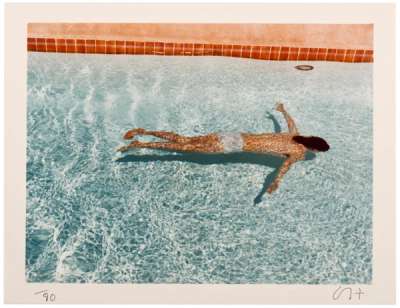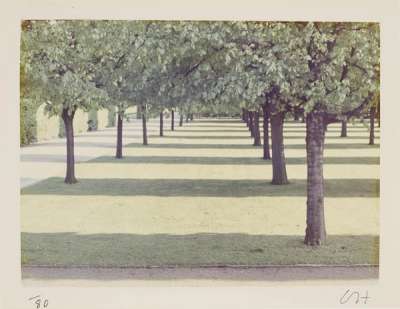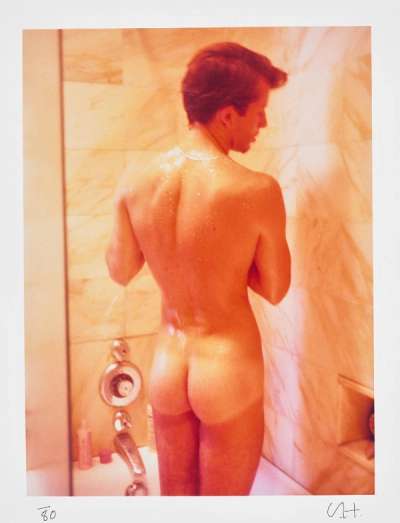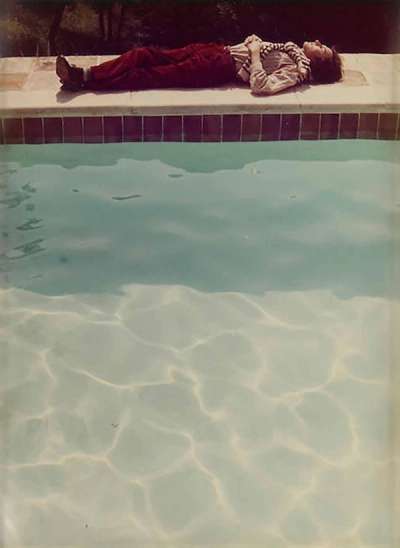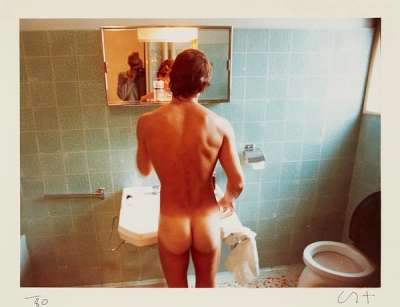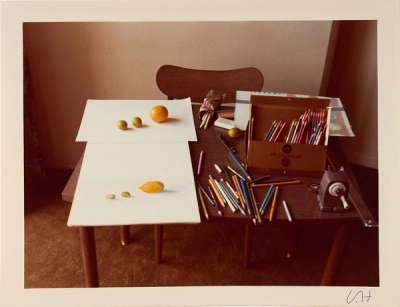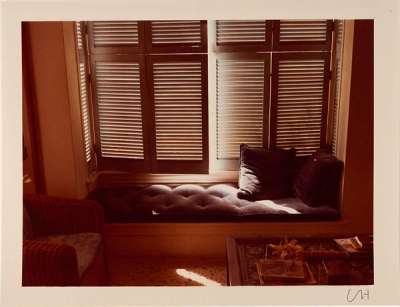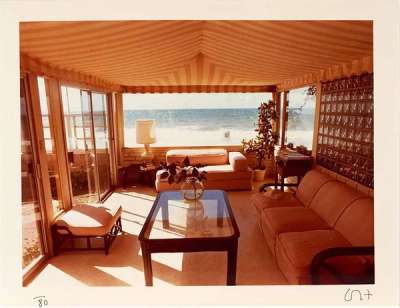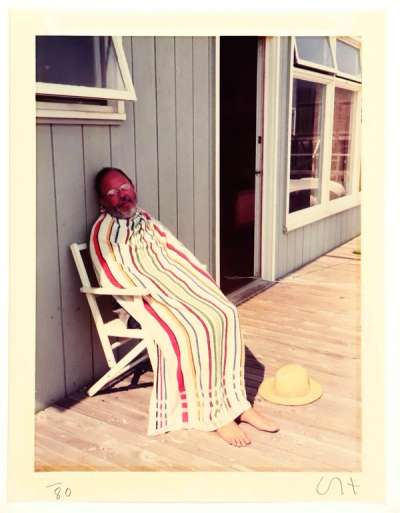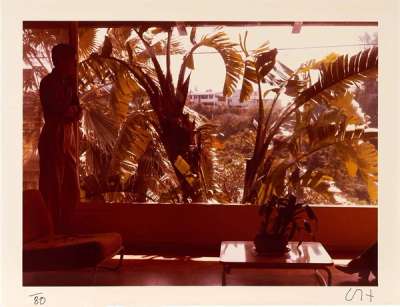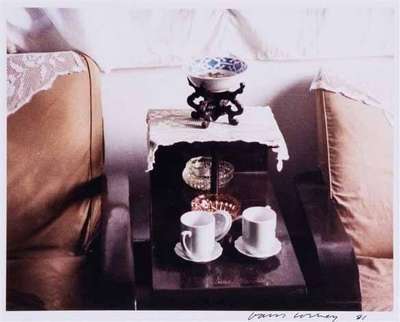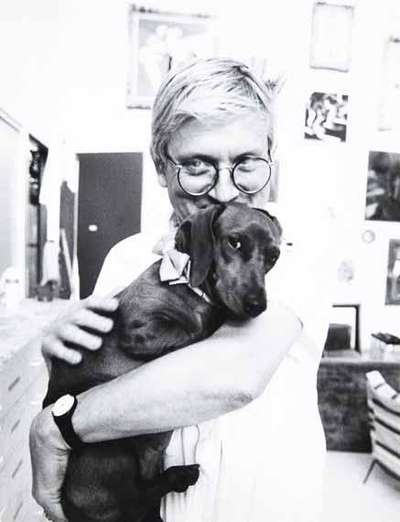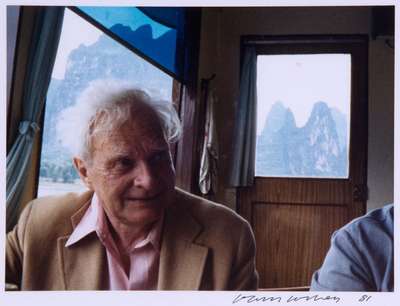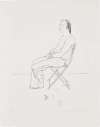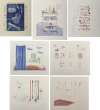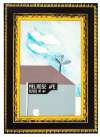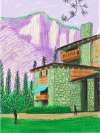Photographs
David Hockney is eternally fascinated with perspective and the camera obscura. Though he snubbed photography at first, he returned later to explore its fresh ways of seeing. This is reflective of the experimentality of Hockney’s broader printmaking career, and his willingness to embrace new techniques in pursuit of his thematic interests.
David Hockney Photographs For sale
Photographs Value (5 Years)
With £10515 in the past 12 months, David Hockney's Photographs series is one of the most actively traded in the market. Prices have varied significantly – from £361 to £19802 – driven by fluctuations in factors like condition, provenance, and market timing. Over the past 12 months, the average selling price was £3505, with an average annual growth rate of 1.83% across the series.
Photographs Market value
Auction Results
| Artwork | Auction Date | Auction House | Return to Seller | Hammer Price | Buyer Paid |
|---|---|---|---|---|---|
 At Rest David Hockney Signed Print | 16 Nov 2024 | Nosbüsch & Stucke | £2,848 | £3,350 | £4,200 |
 Hangchow David Hockney Signed Print | 28 Jan 2024 | SBI Art Auction | £1,403 | £1,650 | £1,950 |
 Poolside David Hockney Signed Print | 11 Dec 2023 | Bonhams Online | £3,103 | £3,650 | £4,700 |
 Herrenhauser Park, Hannover David Hockney Signed Print | 27 Sept 2023 | Christie's London | £5,100 | £6,000 | £8,000 |
 Steps Into The Water David Hockney Signed Print | 15 Feb 2023 | Phillips New York | £9,775 | £11,500 | £16,000 |
 John St Clair Swimming David Hockney Signed Print | 30 Nov 2022 | Germann Auctions | £7,650 | £9,000 | £11,000 |
 A Neat Window, Santa Monica David Hockney Signed Print | 16 Nov 2022 | Sotheby's Paris | £3,485 | £4,100 | £5,500 |
 Peter Showering In Paris David Hockney Signed Print | 16 Nov 2022 | Sotheby's Paris | £3,485 | £4,100 | £5,500 |
Sell Your Art
with Us
with Us
Join Our Network of Collectors. Buy, Sell and Track Demand
Meaning & Analysis
Although more well-known for his photo-collages, Hockney’s Photographs series offer an intimate glimpse into his personal life, friends and trips.
Many of these were taken as records of trips, such as Sian 15-23, which shows two figures walking on a path by a shrine, as seen from behind a bamboo blind. Wuxi 35-9, Wuxi 45-7 and Wuxi 40-12, also dating to 1981, appear to have been taken on the same trip to China and we can see him picking out important details such as chairs, tables, ashtrays and plants that feature heavily in his prints and paintings.
Perhaps Hockney’s most famous photographic series, however, is Twenty Photographic Pictures which is mostly made up of sun bleached images of California, including three shots of a swimming pool, with a few notable exceptions. A portrait of the artist’s parents standing on their doorstep in Bradford offers a sharp contrast to the pastel tones of LA, Malibu and Santa Monica, while a perfectly composed image of the Luxembourg Gardens in Paris feels like a nod to Seurat and a reminder of how Hockney used his camera to test compositions for paintings and prints. The interior shots in the series showcase his ongoing fascination with the male nude while a picture of a desk set up with a still life of a lemon and the drawing of it beneath, or a photograph of a painting in his studio, gives us an insight into his practice.
Elsewhere Hockney uses photography to capture his beloved dachshunds, whom he painted and reproduced in print many times over the course of his career, providing an alternative to working from life with difficult models.

